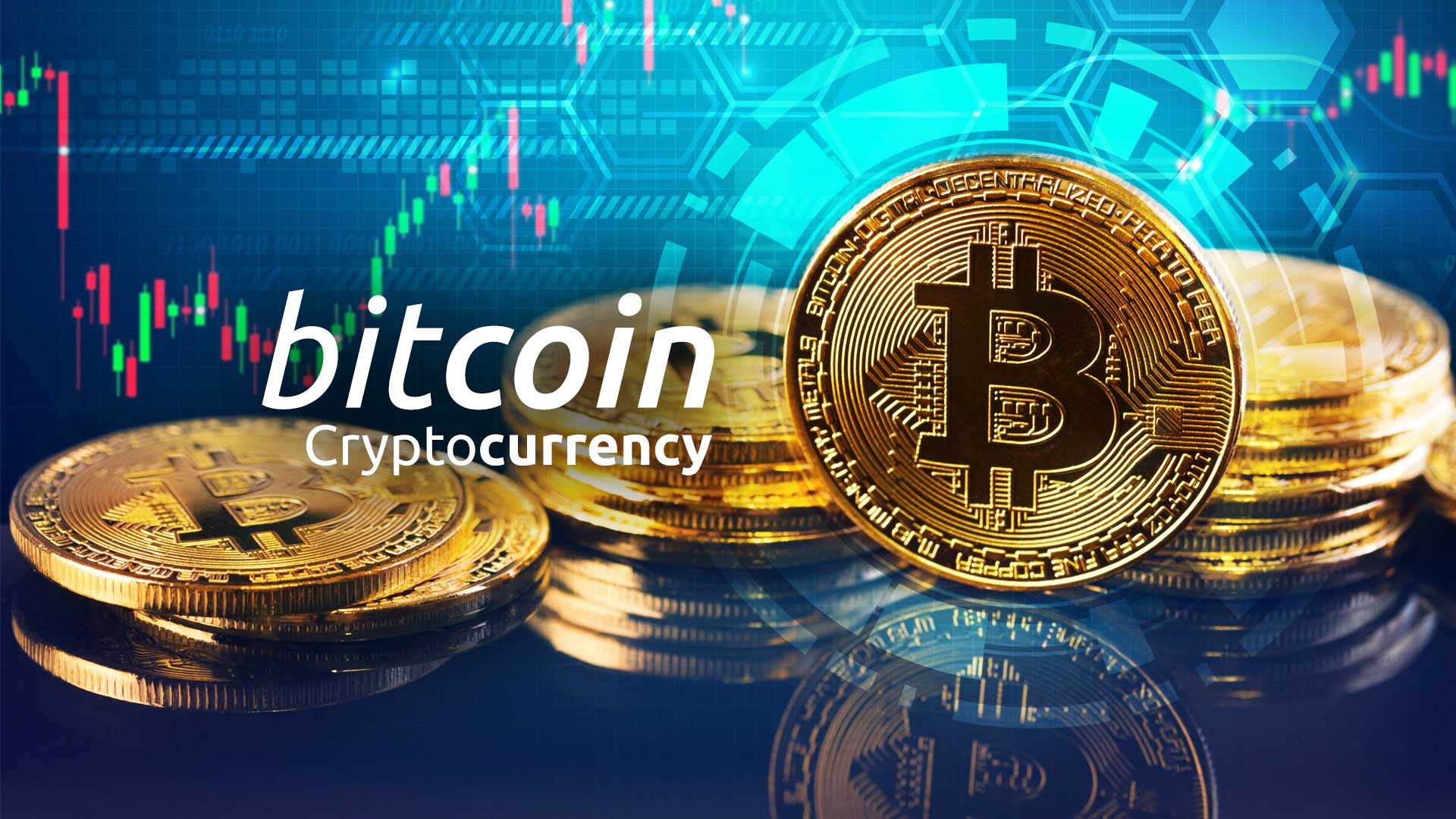How does New Bitcoin Affect the Automotive Sector of Indonesia for 2022?

How does Bitcoin Affect the Automotive Sector of Indonesia?
While bitcoin has been known as the digital currency and payment system for a long time, many start-ups from various industries have recently started to use blockchain technology.
Blockchain is the decentralized platform that offers an open protocol and shared databases accessible at any moment and not only by one single owner. Blockchain technology is transparent, trustworthy, non-discriminatory, and secure. Read further to know more about the effects of bitcoin on the automotive sector of Indonesia. You can check here buying Bitcoin is a good idea or bad.

7 Ways how Bitcoin can Benefit the Automotive Industry of Indonesia:
- Sell and buy Cars: The automotive industry has experienced restructuring and new technology. Nowadays, people can sell and buy cars online using bitcoin; besides, you can also pay for public transportation such as toll roads and parking lots with bitcoin.
- Bitcoin as a payment method: Bitcoins are widely used for online payment, so it’s more accessible for people to buy or sell cars online.
- Bitcoin as an Investment: Bitcoins can be the future global currency; there is data that bitcoin might have great value in the next few years. Many companies are already investing in digital currencies like bitcoin to gain even more weight.
- Bitcoin as a payment method: Bitcoins are often used to pay for services and products such as hotel rooms or utility bills. Also, it provides an opportunity to make payments faster and easier.
- Car insurance with Bitcoin: Nowadays, you can do car insurance. Offering more consumer protection will attract even more people to use bitcoin.
- Bitcoin in automotive events: For most car event organizers like Autoshow, organizing business people and consumers’ gathering is usually an opportunity to collect money for their activities.
- Trading: The automotive can be a good investment because bitcoins can increase in value and soon become one of the global currencies. People can use digital currency to invest and trade with other assets such as blue-chip companies.
Bitcoin is disrupting the traditional financial market by providing more opportunities for everyone worldwide, so get ready to see the future of automotive differently because this will be a blockchain world!

3 Positives of Bitcoin that Benefits the Indonesian Automotive Industry:
- Minimizing transactions costs: Bitcoin allows merchants to process transactions without a third-party intermediary, which means that they can sell cars for a low price and still profit from every sale. For example, some car dealerships have been able to sell vehicles at prices as low as 10% of their actual market value!
- Eliminating chargebacks: Bitcoin eliminates the risk of fraudulent transactions and chargebacks, offering exceptional protection against hackers and scammers. As a result, both consumers and merchants are free from the worries of dealing with unreliable intermediaries.
- Enabling microtransactions: Bitcoin enables micropayments online, allowing unlimited decentralized apps.
4 Negatives of Bitcoin that Affected the Automotive Industry of Indonesia:
- the government does not regulate Bitcoin. Bitcoin is one of the digital currencies that any bank or company does not control; this decentralized system also makes it impossible for any institution to freeze its account when they see a suspicious transaction.
- Bitcoin can be used in illegal activities: Bitcoin can be used in unlawful activities such as drugs and money laundering, so it can negatively influence the automotive sector of Indonesia.
- Market manipulation: There is no regulation in bitcoin, so it makes it easy for people to use it to their advantage; they can have fake news only to increase the value of bitcoin and buy them when they are at a low price.
- The volatility of bitcoin: Bitcoin has a great potential to increase in value, but it can also decrease its value suddenly. This is one of the most problematic aspects of bitcoin because many countries are still reluctant to accept bitcoins as an official currency.

Conclusion
As the automotive industry is increasing in Indonesia, IT makes sense for them to start using bitcoin to get ahead of the competition because blockchain technology can be described as a problematic blockchain to hack.
The automotive market has evolved into a multi-billion dollar industry that offers car manufacturers and consumers stakes.




